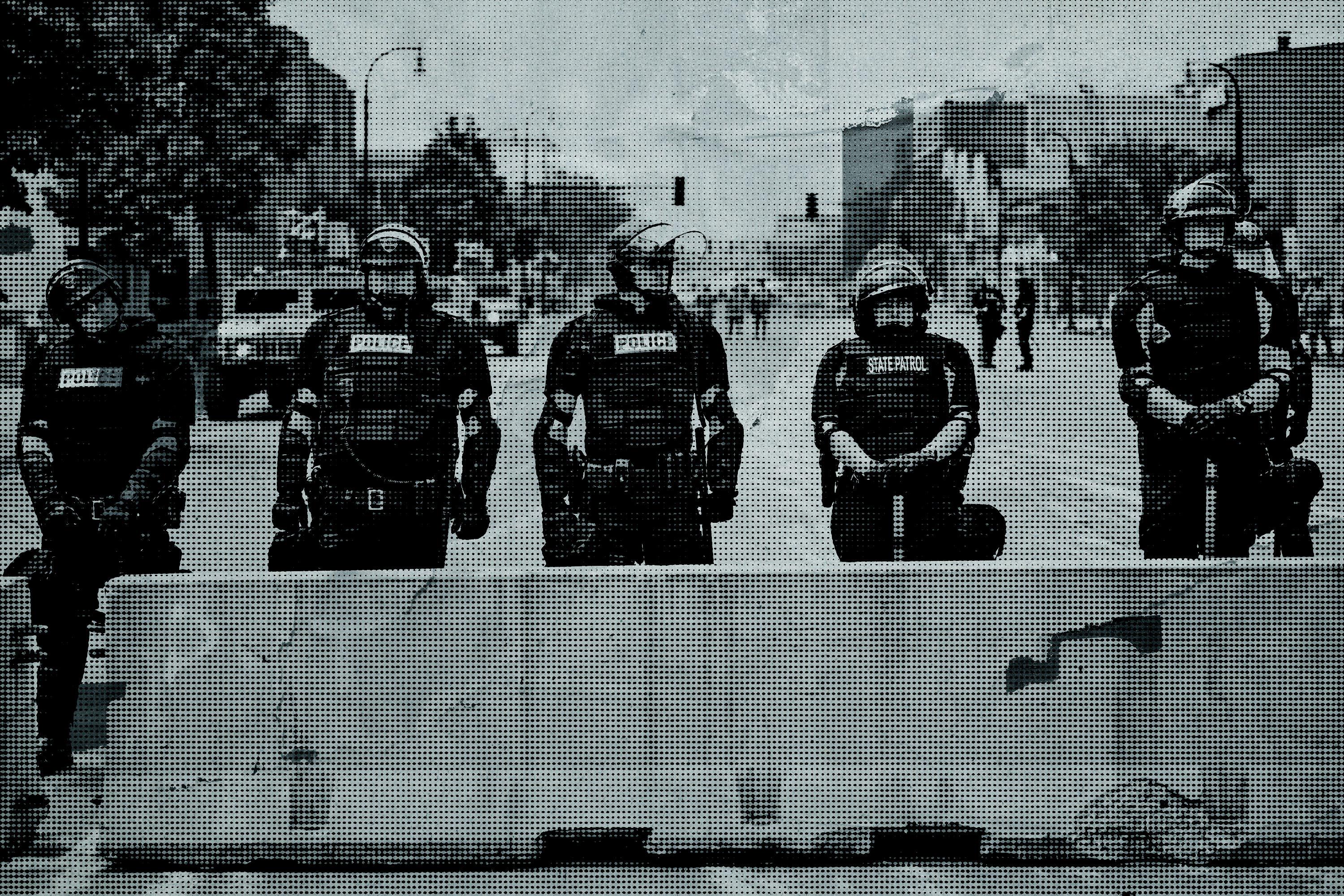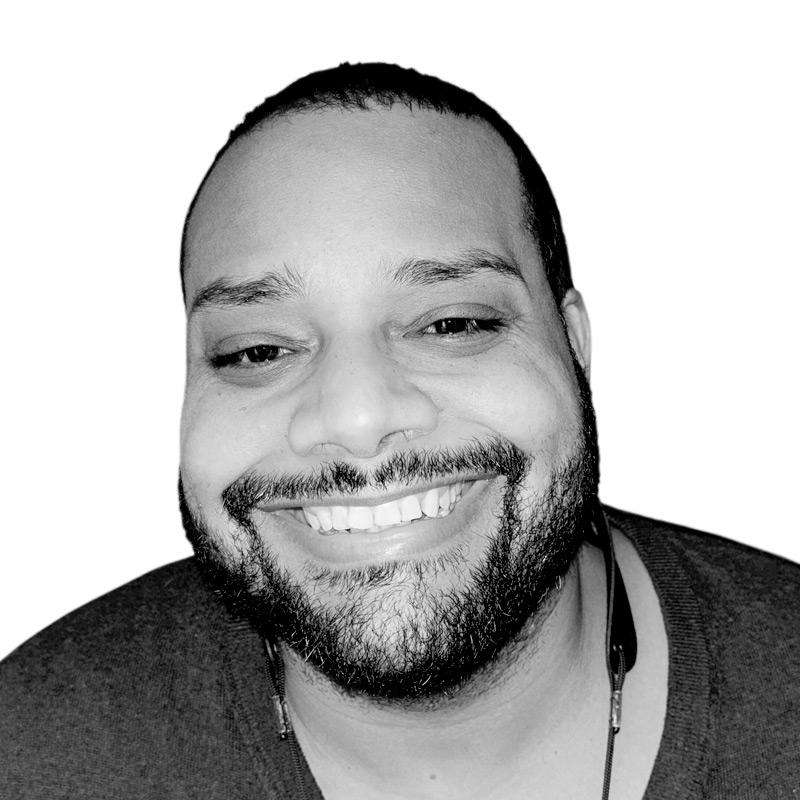How America’s Leaders Have Squandered the Consensus Around George Floyd’s Killing
Days after Derek Chauvin’s arrest, the united condemnation over Floyd’s death has unraveled into disagreeable chaos. How do we break this cycle?
Each night for a week now, protestors have confronted police in more than 100 U.S. cities, and the broad political consensus that animates their cause has endured: George Floyd, an unarmed black man, was killed by Derek Chauvin, a white police officer, in Minneapolis. Supported by his colleagues, but otherwise surrounded by shocked bystanders, Chauvin brought Floyd to the ground, where he dug his knee into Floyd’s throat. Eight minutes and 46 seconds later, Floyd was dead. This much we know.
For those eight minutes and 46 seconds, three of Chauvin’s colleagues stood and watched at the scene to ensure that the vocal bystanders, including the young woman who recorded Floyd’s death, Darnella Frazier, didn’t intervene. Chauvin pinned Floyd to a cruel submission on the ground and met the bystanders with the contemptuous expression that now accompanies so many headlines about him. This, Americans seem to agree, is all wrong. In the earliest national polling about Floyd’s death, 89 percent of respondents said Chauvin deserved at least the third-degree murder charge he received, which carries a maximum sentence of 25 years in prison. For once in my lifetime, Fox News and MSNBC seemed to be brokering some breakthrough consensus about a white cop brutalizing a black civilian. “I can’t find a way to justify it,” Rush Limbaugh told his radio listeners, “I don’t care what the guy did.”
Of course, Rush Limbaugh, being Rush Limbaugh, can’t acknowledge Floyd’s death without reverting to right-wing scripts, blaming “blue state governors” for Floyd’s “blue state death,” trivializing the racial tensions in U.S. policing, and even making a point of comparing the civil rights demonstrations to the coronavirus protests. But even Rush Limbaugh cannot obscure the strange breakthrough that is his concession of the core point: Chauvin killed Floyd for no reason. The quick concessions from so many unexpected corners seemed to suggest a new consensus in national conversations about police brutality. The average person—even a Republican—could watch Frazier’s smartphone footage and conclude, That’s a bad cop.
But there are limits to the consensus about George Floyd, Derek Chauvin, and the ongoing protests in Minneapolis and across the country. The protests have proved divisive along the familiar political stripes: the civil rights activists who preach nonviolence; the left-wing accelerationists and the right-wing counterprotesters; the cops, who rationalize the violence that has wrecked storefronts, community centers, police stations, and, worse yet, human beings; the fearful bystanders whose immediate concerns about the unrest will tend to exceed whatever skepticism they might share about the police. On Friday—four days after Floyd’s death—Chauvin was arrested and charged. Despite the charges, the protests have expanded and intensified nationwide, further pitting police against civilians. The police have answered the protesters and the rioters alike with the very same arrogance evinced in Chauvin’s expression. The profound consensus about George Floyd’s death has, paradoxically, unraveled into disagreeable chaos.
There’s no neat and amicable way to reconcile the factions that have emerged. There’s no pronouncement that will make everyone happy, validated, and whole. The political tensions have only gotten tighter, and the consensus about George Floyd’s death only exacerbates the many disagreements about the subsequent protests. There’s the long-running disagreement among civil rights activists about the human costs and the potential backlash when demonstrations descend into riots. There’s some left-wing restlessness about Bernie Sanders’s collapse against Joe Biden in the Democratic presidential primary and Biden’s own, demoralizing stature as a moderate party leader in radicalizing times. The relevant leaders at every level of American politics seem to be squandering the early consensus. It’s the only consensus that Americans have forged in the past four years, and now it seems to be vanishing in the smoke. The protests haven’t yet sparked a massive, substantial reckoning among political leaders about police brutality so much as they’ve rekindled old arguments among weary civilians and cynical officials about the efficacy of protest. And so the profound consensus has reverted to the tropes that stunted so many earlier conversations about deadly, reckless cops, the social biases that corrupt them, the political arrangements that protect them, and the activists who rally against them.
Donald Trump has tried to force the subsequent political crisis to conform to his own instincts. He’s promised to answer “looting” with “shooting” by deploying military force in several cities. He’s described the protestors and the black bloc anarchists on the scene as “terrorists,” and he’s threatened to unleash “the most vicious dogs” and “ominous weapons” against them. On Monday afternoon, Trump crossed Lafayette Park to visit St. John’s Episcopal Church—historically, the U.S. president’s church—where some demonstrators had set a small fire in the basement the night before. In broad daylight, the police smoked protesters from the park with tear gas in order to clear Trump’s path from the White House to St. John’s. Trump stood outside the church and raised a Bible over his shoulder, posing for a strange, sparse, self-obliterating photo op that only a sketch comedian could have wanted to stage. “He did not pray,” Episcopal Bishop Mariann Budde told The Washington Post.
“I am your president of law-and-order,” Trump declares, while he sows confusion, at best, and violence, at worst. Trump’s defense secretary, Mark Esper, has instructed the governors who wish to suppress these protests to “dominate the battlespace.” In Louisville, local police and the National Guard shot and killed a 53-year-old man, David McAtee, in a Sunday-night skirmish with protestors. So that’s one battlespace dominated, three months after Louisville cops shot and killed Breonna Taylor. On Monday, Andrew Cuomo and Bill de Blasio doubled the NYPD presence from 4,000 to 8,000 officers, as New York and other cities impose curfews. 8,000 cops with impunity. God knows who they’ve made feel any safer.

